The world of music composition may soon undergo a radical transformation as recent patent filings reveal groundbreaking developments in brain-computer interface (BCI) technology that translates neural activity directly into musical arrangements. A major tech company has publicly disclosed a patent application for what it calls a "neural music generation system," potentially heralding a new era where composers can create symphonies simply by thinking them into existence.
Breaking down the technological marvel, the system uses advanced electroencephalography (EEG) sensors combined with machine learning algorithms to detect and interpret specific brainwave patterns associated with musical creativity. Unlike previous BCI applications focused on basic communication or device control, this system claims to capture the nuanced electrical signals that correspond to melody, rhythm, and even timbre preferences in the user's mind.
The patent documentation describes a multi-stage process where neural signals first pass through noise-reduction filters before being analyzed by proprietary pattern recognition software. What makes this system particularly innovative is its ability to distinguish between intentional compositional thoughts and background neural noise - solving what has been a persistent challenge in previous thought-controlled systems.
Early prototypes reportedly allow users to "think" different instruments into the composition by focusing on particular mental representations of sound. The system then arranges these musical elements according to the detected emotional valence and intensity of the brain signals, creating surprisingly coherent musical structures without physical interaction.
Clinical applications and beyond While the entertainment potential is obvious, the patent emphasizes therapeutic uses for the technology. Neurological rehabilitation centers could employ the system to help stroke victims rebuild neural pathways through musical expression. The application also suggests potential benefits for individuals with physical disabilities who possess musical creativity but lack the means to physically compose.
However, the technology doesn't come without controversy. Ethicists have raised concerns about the potential for neural data exploitation, while some musicians worry about the devaluation of traditional compositional skills. The patent addresses some of these concerns by including provisions for neural data encryption and emphasizing the system's role as a creative enhancer rather than replacement for human musicianship.
The technical specifications reveal a sophisticated adaptive learning component that studies each user's unique neural patterns over time, theoretically allowing the system to better interpret individual creative signatures. This personalization aspect could lead to what developers call "neural style transfer," where the system maintains consistent musical characteristics unique to each composer's brain activity patterns.
Interestingly, the patent includes provisions for collaborative composition, where multiple users' brain signals can be synchronized to create ensemble pieces. This feature suggests potential applications beyond individual use, possibly enabling new forms of collective musical creation that bypass traditional communication barriers.
Commercial implications are substantial, with potential applications spanning music production studios, therapeutic settings, and even consumer entertainment. The patent suggests future iterations could integrate with virtual reality systems, allowing users to "walk through" their neural compositions in immersive 3D soundscapes.
As with any emerging technology, significant hurdles remain before widespread adoption. The current system requires relatively bulky EEG equipment, though the patent mentions ongoing development of more discreet neural sensors. Accuracy rates for complex musical thoughts still need improvement, and the system currently works best with certain genres that rely on repetitive patterns and clear melodic structures.
Music psychologists are particularly intrigued by what this technology might reveal about the neural basis of creativity. The system's ability to quantify and categorize different types of musical imagination could provide unprecedented insights into how the brain processes abstract artistic concepts. Some researchers speculate this could lead to new understanding of conditions like amusia (tone deafness) or even exceptional musical abilities.
Looking toward the future, the patent suggests several developmental trajectories. Later versions may incorporate additional biometric data like heart rate and galvanic skin response to better capture the emotional context of musical thoughts. There's also mention of potential integration with generative AI systems that could elaborate on basic neural compositions, acting as a creative amplifier for human ideas.
The disclosure of this patent application has already sparked discussion across multiple industries. While it may be years before such systems reach maturity, the mere existence of this technology challenges fundamental assumptions about the nature of musical creation and the boundaries between mind and machine. As development progresses, we may be witnessing the birth of an entirely new art form - one that originates not in finger movements or voice vibrations, but in the unfiltered electrical symphony of the human brain itself.
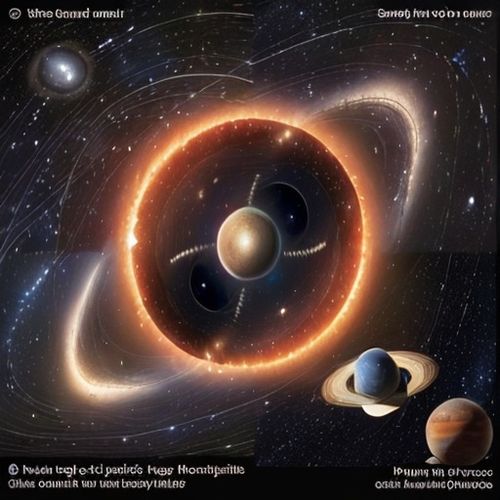
By Victoria Gonzalez/Apr 14, 2025
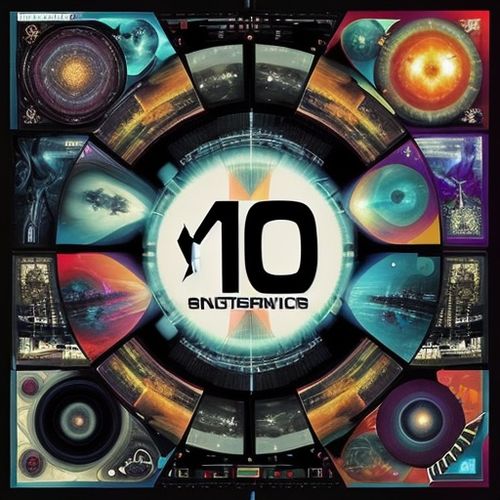
By Ryan Martin/Apr 14, 2025
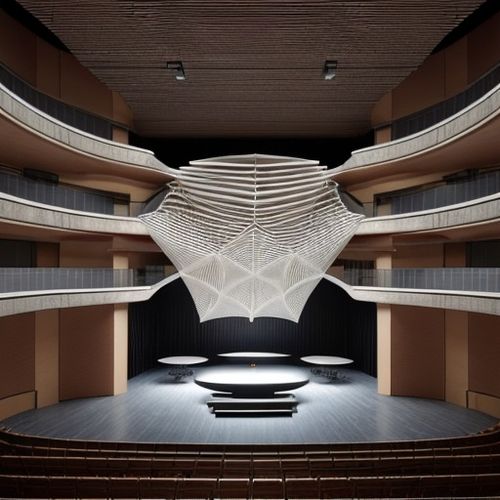
By John Smith/Apr 14, 2025
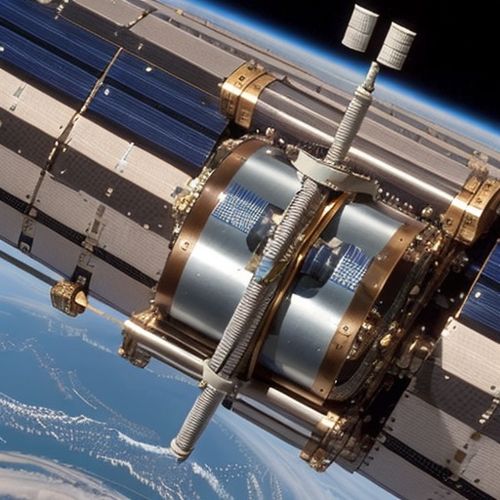
By Eric Ward/Apr 14, 2025
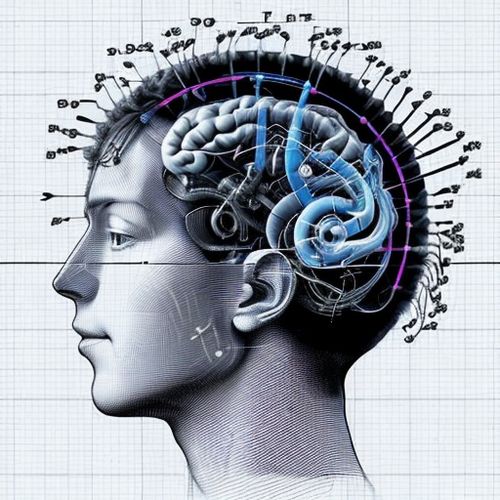
By Victoria Gonzalez/Apr 14, 2025
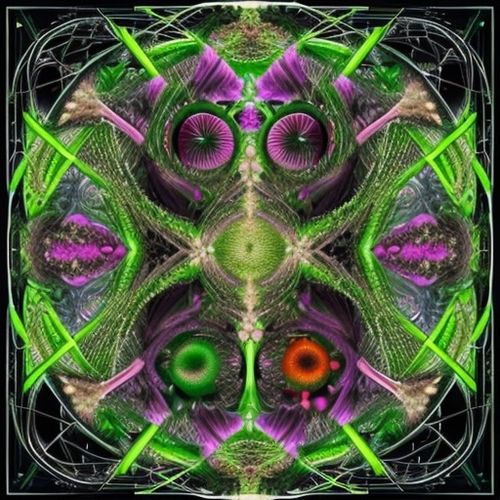
By Ryan Martin/Apr 14, 2025
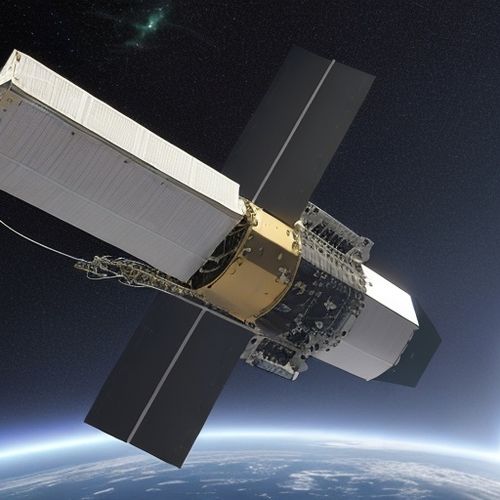
By James Moore/Apr 14, 2025
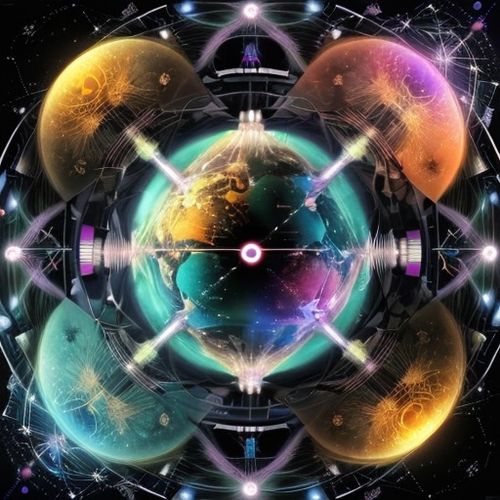
By Megan Clark/Apr 14, 2025
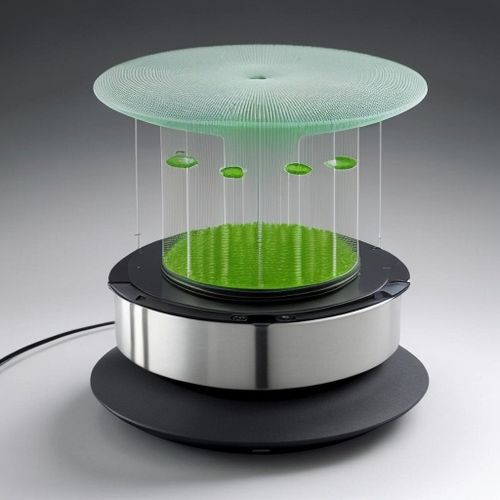
By John Smith/Apr 14, 2025
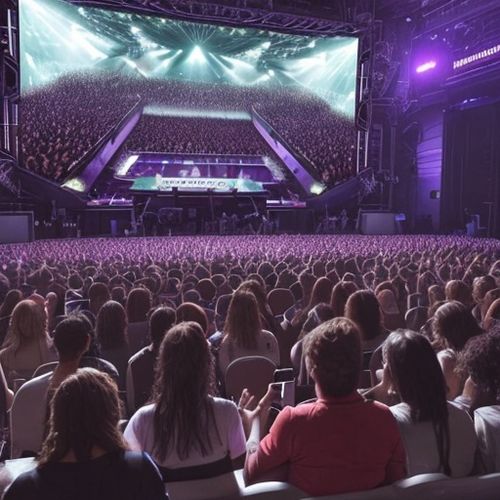
By Joshua Howard/Apr 14, 2025
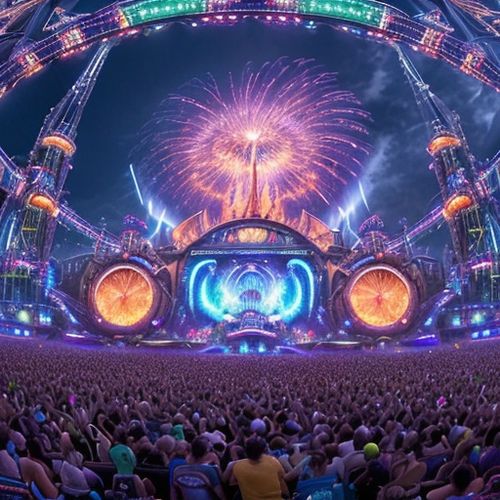
By Laura Wilson/Apr 13, 2025
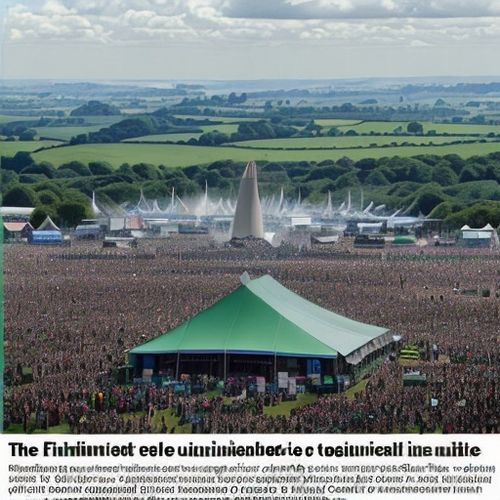
By Grace Cox/Apr 13, 2025
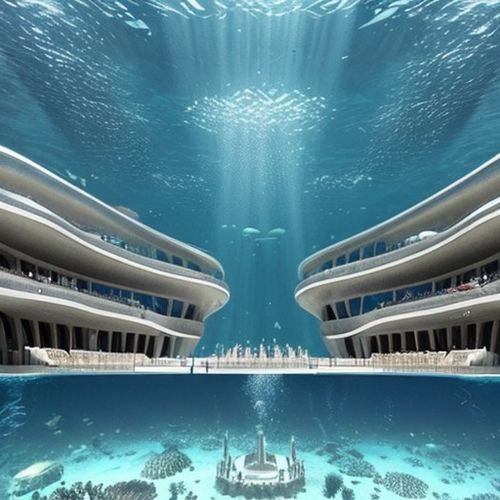
By Benjamin Evans/Apr 13, 2025

By George Bailey/Apr 13, 2025
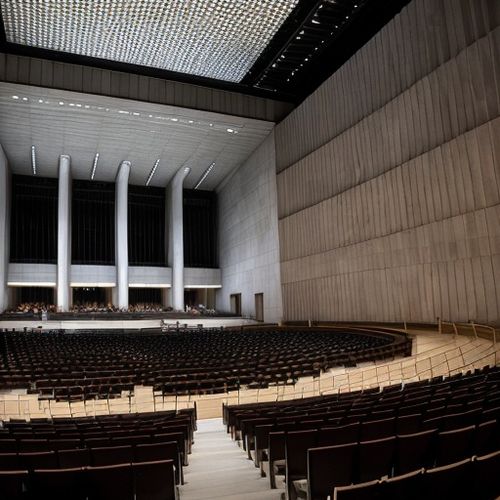
By David Anderson/Apr 13, 2025
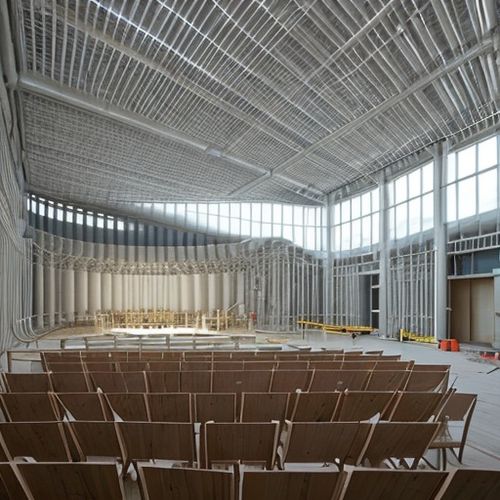
By Grace Cox/Apr 13, 2025
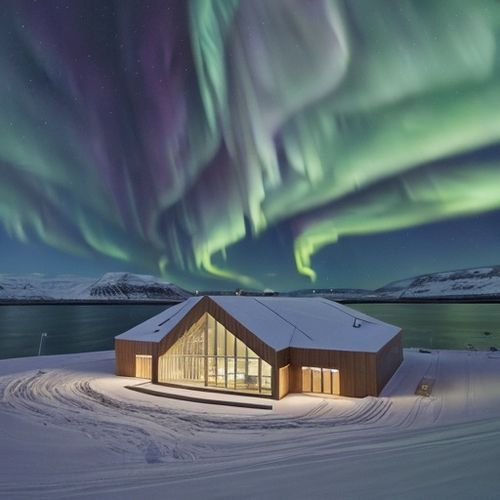
By William Miller/Apr 13, 2025

By Rebecca Stewart/Apr 13, 2025

By William Miller/Apr 13, 2025
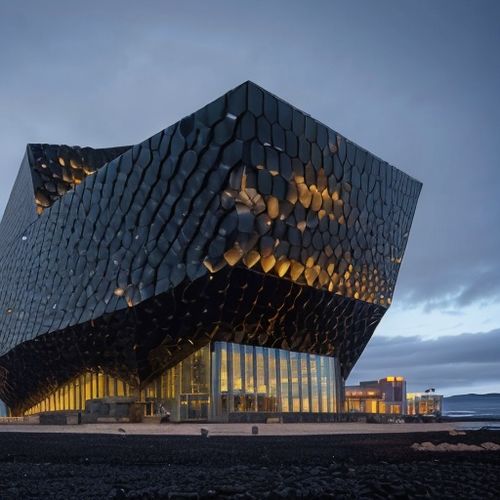
By Daniel Scott/Apr 13, 2025